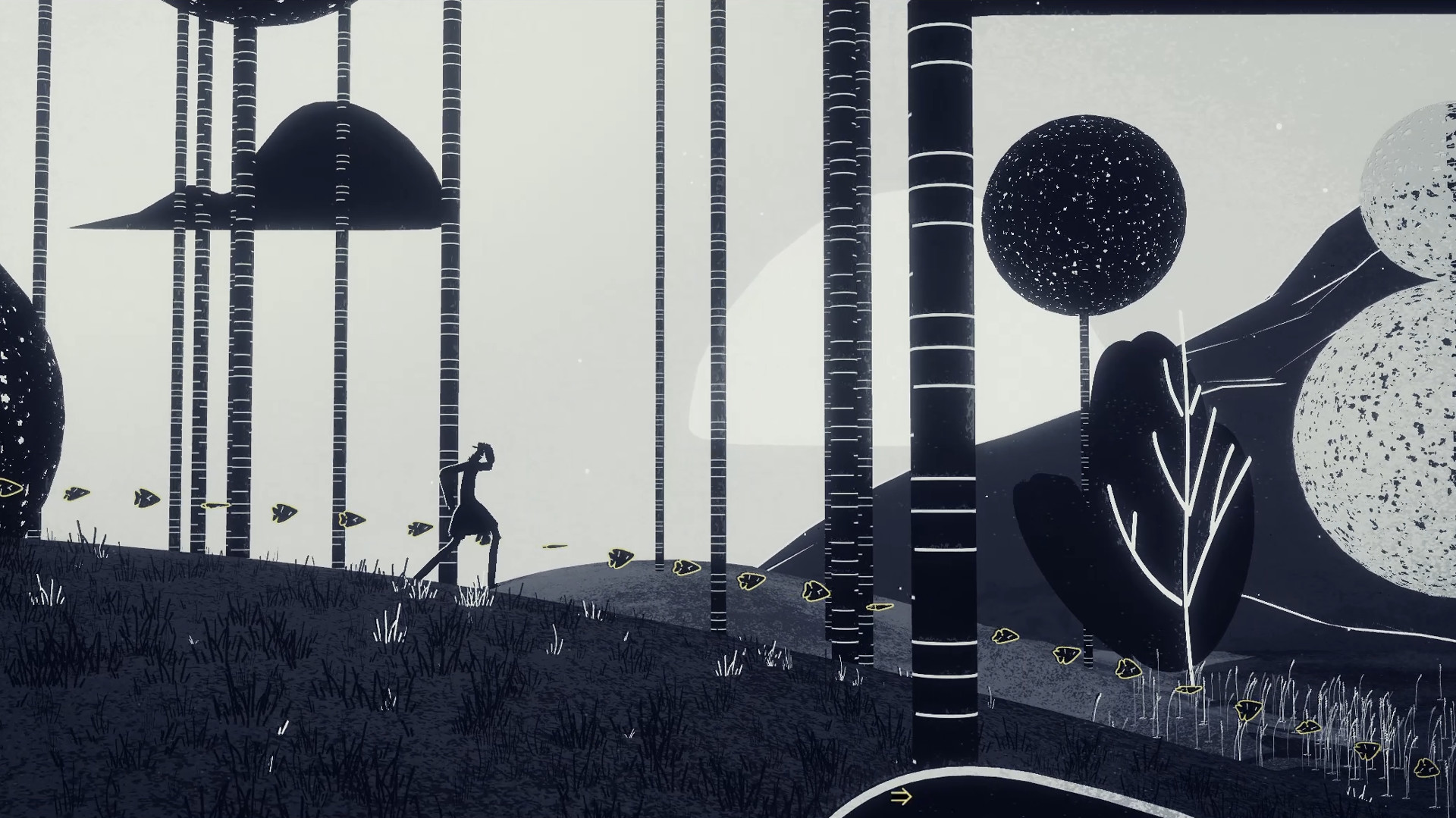

Now he is showing new work at the gallery Albada Jelgersma in Amsterdam. Personal circumstances prevented him from focusing on art full-time. In dark trees was exhibited in De Vleeshal in Middelburg, and in the following years he had various exhibitions at home and abroad. This acts like a printing process, yet the images recalibrate the act of looking itself by jamming the gaze: lingering upon the violence, suffering, and decay, because 'this is really happening in the world!' The work thus generates a sheer biblical flood of impressions a beautiful dramaturgy of light and shadow conjures stillness and peace.Īfterwards, Rob Johannesma remained out of the public eye for a while. Pieces appear as over-saturated images, bleached by time, or on the contrary as dark chunks. At the same time the composition has been carefully construed. It gives the impression of an improvisation. Embedded within a cascade of newspapers, like a passe-partout – layers of superimposed images and texts, which have been partly painted over with white hues, produce a kind of quiet palimpsest – the two main pictures sit loosely together. The sacrosanct In dark trees (2009, inkjet on paper, 780 x 590 cm) is a complex poetic assemblage in which a photo from a reportage of a rocket attack in Gaza territory is interwoven with a reproduction of John the Baptist in the desert by Geertgen tot Sint Jans (☑485). This artist’s ear is pressed against the planet: he discerns vivaciously, poised in amazement. Ten years later, it is as though a different artist stands before me. Finding yourself in the world was a theme.”(2) Today Rob Johannesma remembers: “At the time I was frequently on the move. Such a technique refers to the 19th century when many artists-scientists experimented with moving and still images. Two film slides were pressed together and slowly slid across from each other, while the surface that passed through the frame was being filmed.

The work had been created with a medium that also demanded endless patience from the maker. In this landscape a viewer could roam endlessly and at ease. One could feel the silent pulse of a beating heart. I remember an early video work by the artist: it was a landscape in which time morphed like syrup and space seemed to swell or contract as if it were a vital organ. ‘"If you rely only on your eyes, your other senses weaken." It was a Bene Gesserit axioma.’Īttention is an important subject.


 0 kommentar(er)
0 kommentar(er)
